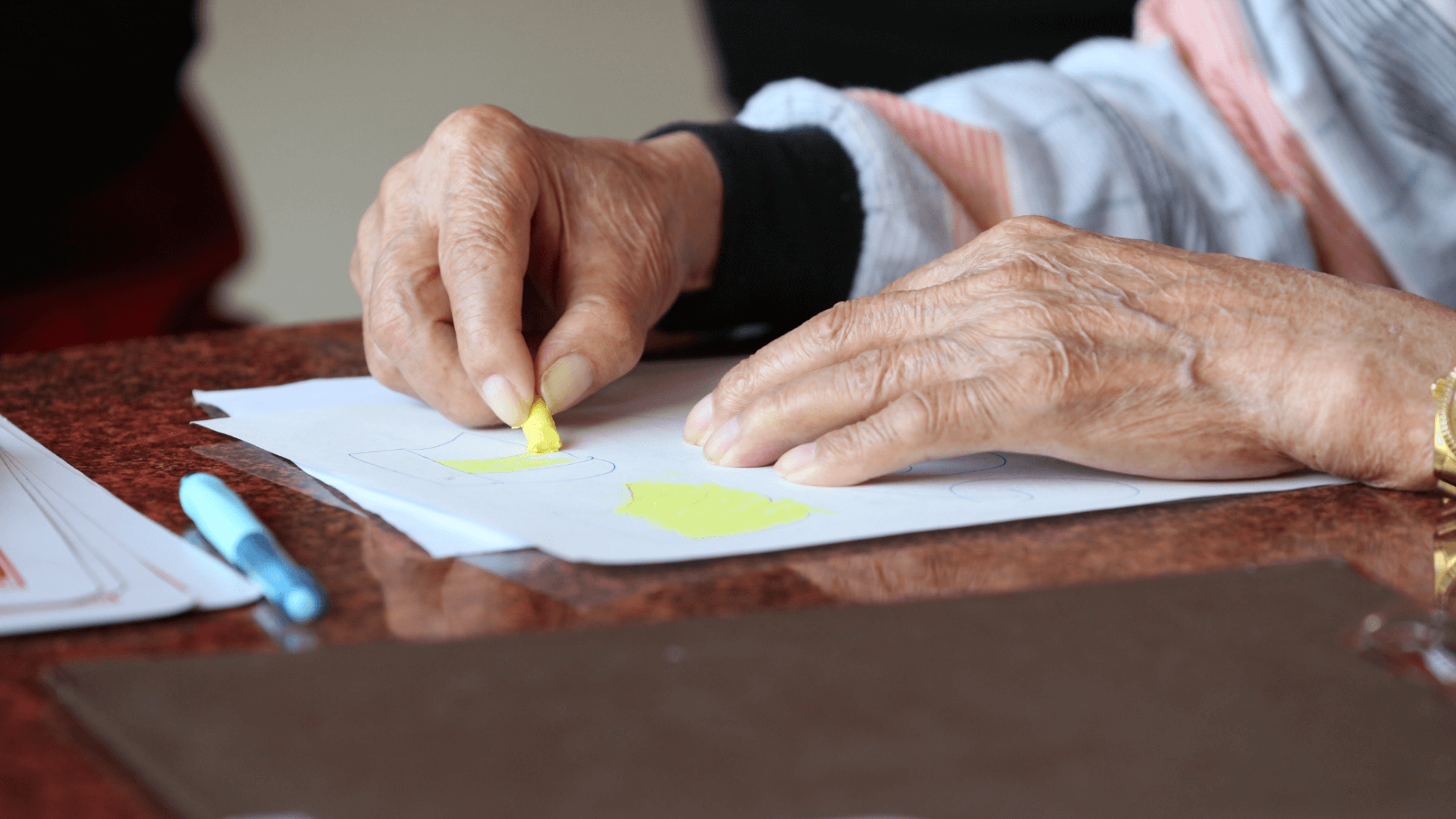Rheumatoid vs. Osteoarthritis: How Can Physical Therapy Help?

Physical Therapist, PT, DPT, MTC // EW Pilates Instructor // EW CoreAlign Instructor // Certified in Dry Needling // EW Motion Therapy Homewood
Arthritis is a condition that affects millions of people worldwide and is characterized by joint pain and inflammation. There are two main types of arthritis in adults, rheumatoid arthritis, and osteoarthritis. We see arthritis patients at EW Motion Therapy, and we help them manage pain, improve mobility, and strengthen their joints so they can move about their day as needed. Even if you decide our services are not a good fit for you, we still want to explore the differences between these two conditions, their symptoms, and how physical therapy can help.
What is rheumatoid arthritis?
Rheumatoid arthritis (RA) is a chronic autoimmune disease that affects the lining of the joints, causing inflammation, pain, and stiffness. Autoimmune diseases occur when the body’s defense system mistakenly attacks healthy cells as it would foreign bodies, like a virus or bacteria. The inflammation caused by RA can damage the joint tissue, leading to deformities, loss of function, and joint pain. The cause of RA is not well understood, but it is believed to be a combination of genetic, environmental, and lifestyle factors. However, women are 2-3x more likely to suffer from RA than men. RA can occur anywhere in the body, but it often affects smaller joints in the hands and feet. It is usually symmetrical, meaning if you have inflammation in the joints of your right hand, you are likely to have the same level in your left hand.
What is osteoarthritis?
Osteoarthritis (OA) is a degenerative joint disease caused by the wear and tear of the cartilage in joints over time. OA is most common in people over 50, but it can occur at any age, especially in people with a history of joint injury or repetitive use of the joints. The main symptom of OA is a pain in the affected joint, which can be accompanied by stiffness, swelling, and limited range of motion.
Similarities and differences
The diagnosis of RA and OA is based on medical history, physical examination, and imaging studies, such as X-rays or MRIs. See your doctor if you feel you have either condition - identifying whether you have RA or OA is vital to implement the correct treatment.
The symptoms and severity of RA and OA can vary significantly between individuals. Some people with RA may have only mild symptoms, while others may experience significant joint pain and disability. In contrast, many people with OA may have only mild symptoms that do not interfere with their daily activities.
The treatment of RA and OA is also different. RA is usually treated with a combination of nonsteroidal anti-inflammatory drugs (NSAIDs), disease-modifying antirheumatic drugs (DMARDs), and biological agents. These medications help to reduce inflammation and slow the progression of joint damage. Your doctor may also recommend physical therapy, exercise, and assistive devices such as canes or braces to help manage joint pain and improve mobility.
OA is typically treated with pain-relieving medications, such as NSAIDs or acetaminophen. Exercise and physical therapy can also help to improve joint function and relieve pain. In some cases, joint injections or joint replacement surgery may be recommended for people with advanced OA.
It is essential to seek prompt medical attention if you experience joint pain or stiffness, as early treatment can help to slow the progression of joint damage and improve your overall quality of life. Suppose you have a family history of arthritis or other risk factors, such as joint injury or obesity. In that case, you must know your risk of developing the condition.
How can physical therapy help arthritis symptoms?
Physical therapy is an essential component of treating both RA and OA. Physical therapy can help to reduce joint pain, improve mobility, and increase overall function. Here's how physical therapy can help treat these two conditions:
- Pain management: Physical therapy can help reduce pain and improve joint function by using techniques such as heat therapy, electrical stimulation, and manual therapy.
- Range of motion exercises: Physical therapy can help to improve joint flexibility and range of motion through stretching and exercises designed specifically for arthritis patients.
- Strengthening exercises: Physical therapy can help to improve joint stability and strength by using weight-bearing and resistance exercises to strengthen the muscles that support the joints.
- Gait and balance training: Physical therapy can help to improve walking and balance by using exercises and training to improve stability and coordination.
In addition to these specific areas, physical therapy can also help educate patients on proper body mechanics, posture, and lifestyle modifications that can help reduce joint stress and prevent further damage.
Working with a physical therapist knowledgeable about the specific challenges of treating RA or OA is essential. A physical therapist can work with you to develop an individualized treatment plan that addresses your unique needs and goals. With the right physical therapy program, patients with RA or OA can improve their joint function, reduce pain, and improve their overall quality of life.
RA and OA are both conditions that can cause joint pain and inflammation, but they have different causes and treatments. RA is an autoimmune disease affecting multiple joints, while OA is a degenerative disease caused by the wear and tear of the joints over time. Early treatment and management are essential for people with RA and OA, and working with a healthcare provider can help you find the best options for managing your symptoms and improving your quality of life. Physical therapy is often essential to treating RA and OA, and finding the right therapist is vital to success. If you are curious about what else physical therapy can do for you, click the button below to download our answers to 20 frequently-asked physical therapy questions.


